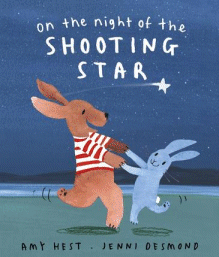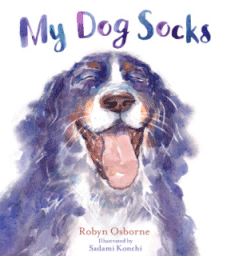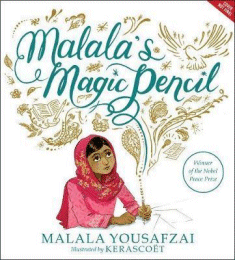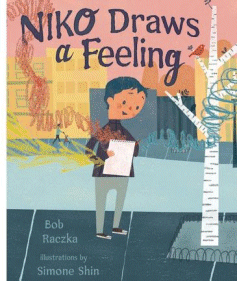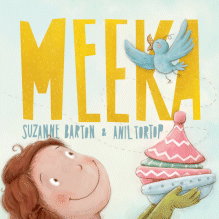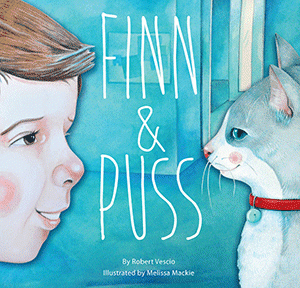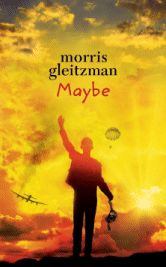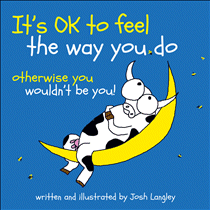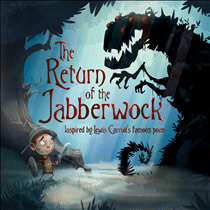
The Return of the Jabberwock
The Return of the Jabberwock
Oakley Graham
David Neale
Big Sky 2017
32pp., pbk., RRP $A14.99
9781925675009
A long time ago, before you were born,
Lived a beast with eyes of flame and horns!
Your great grandfather defeated the Jabberwock beast
And returned home to a magnificent victory feast!
Inspired by his father’s tale and his great grandfather’s feats, the boy decides to go on his own quest to find his own Jabberwock, and so, armed with just a sword and helmet, he ventures into mysterious, gloomy Tulgey Wood where he is confronted by unimaginable monsters almost at every turn! Monsters with long spidery legs, ugly beaks and toothless smiles, a turtle-like creature with the ears of a hog and the mouth of a shark… Bravely he continues on his quest but his legs turn to jelly when he sees two scary creatures – could these be the legendary Jubjub bird and the ferocious Bandersnatch? Courageous though he is, when the Jabberwock itself appears, it is too much and the boy flees…
At this time of the year when scary monsters, ghost, witches and other fantastic creatures abound and people carve glaring pumpkin heads to frighten them off, this is the perfect story to send yet a few more tingles up the child’s spine! With its atmospheric colour palette, the scene is set for an adventure like no other as each of us hopes we would be as brave as the little boy – but acknowledge there are limits. It’s a great opportunity to discuss fears and feelings and help young children understand that fear is not only shared emotion but an innate human response as encapsulated in the “fight or flight” response. Do I stay or do I not?
It is also an entry into the work of Lewis Carroll for those who may not have met him before, or who only know Alice in Wonderland through movie interpretations, as the original poem of The Jabberwocky first appeared in Through the Looking-Glass and What Alice Found There, the sequel to Wonderland. Considered one of the greatest nonsense poems written in English, Carroll penned the first verse in 1855 and since then its meaning has been discussed and debated. But it not only confounded Alice…”It seems very pretty,” she said when she had finished it, “but it’s rather hard to understand!” (You see she didn’t like to confess, even to herself, that she couldn’t make it out at all.) “Somehow it seems to fill my head with ideas—only I don’t exactly know what they are! However, somebody killed something: that’s clear, at any rate,” Carroll himself later wrote that he did not know the origins of some of the words.
So while it is something a little different to share this Hallowe’en as those who have not yet been able to leave this mortal coil wander around seeking their final release, it has application across the ages, across the curriculum and throughout the year.
It is, indeed, a frabjous day when we find such a rich resource.
